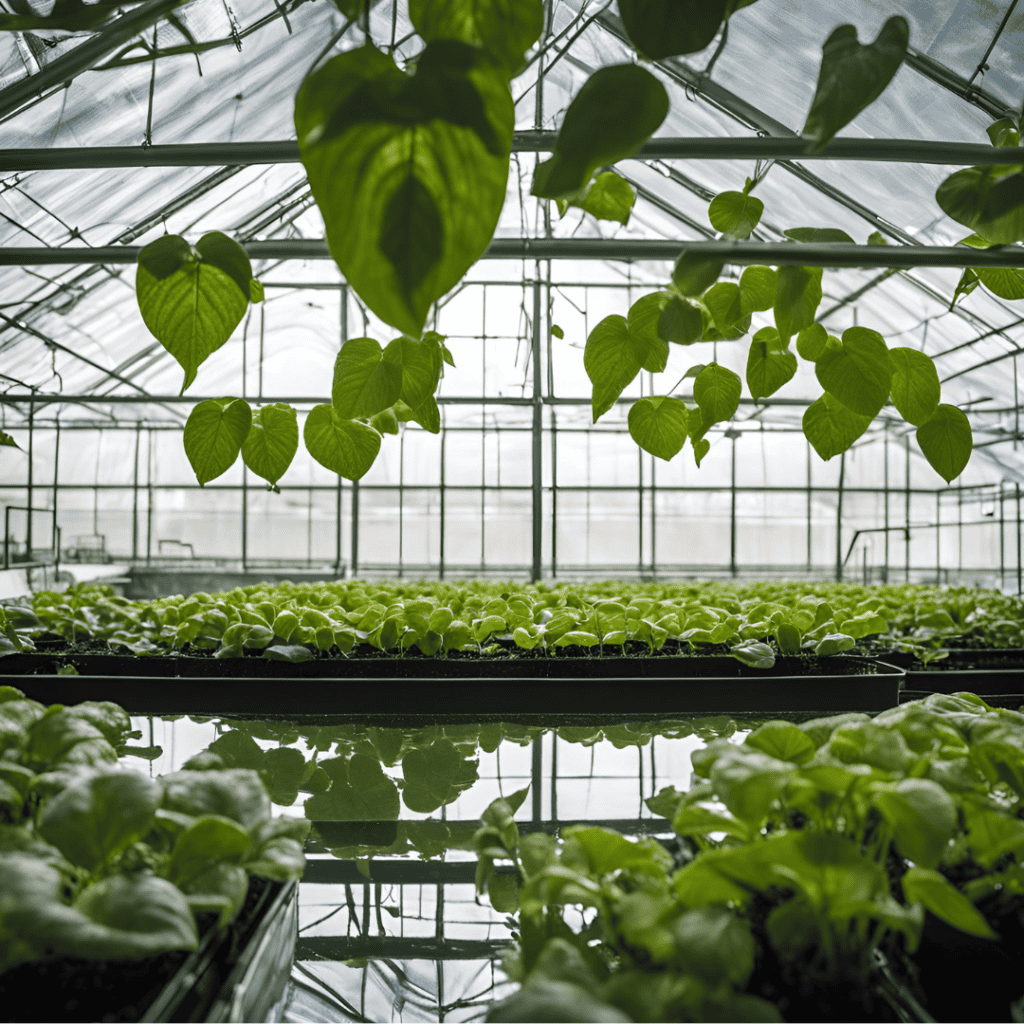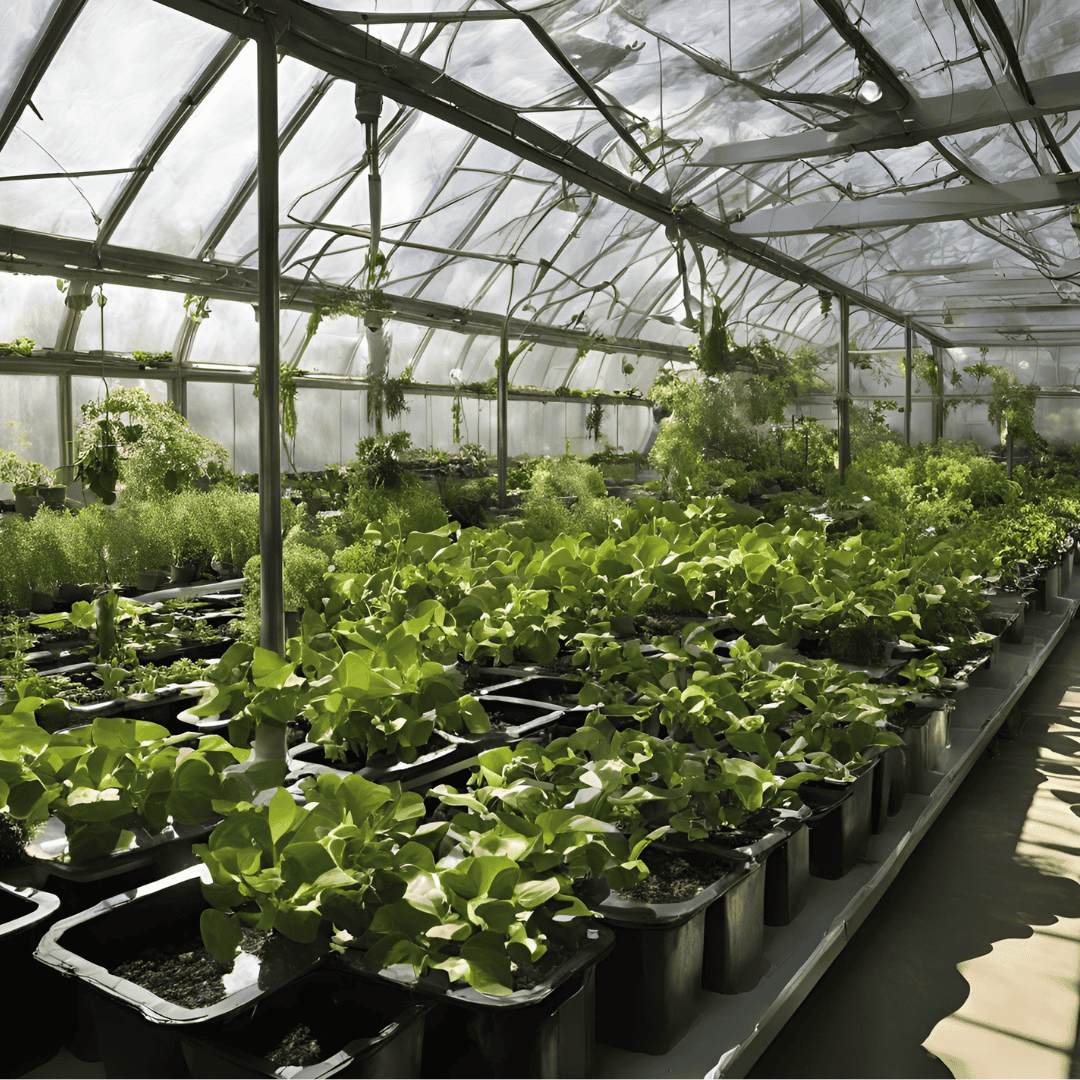Deep water culture (DWC) is a popular hydroponic method that enables plants to thrive in nutrient-rich water. However, drooping can be a common issue that many gardeners face. Understanding the underlying causes is essential for preventing plant stress and promoting healthy growth. As noted by hydroponics experts, “Healthy roots mean healthy plants.” Keep reading to learn effective strategies for troubleshooting and reviving drooping plants, ensuring your garden remains vibrant and flourishing !
Key Takeaway
1.Drooping can result from overwatering or lack of oxygen.
2.Nutrient balance is crucial for plant health in DWC systems.
3.Regular monitoring helps catch issues early.
Understanding Drooping in DWC
Deep water culture (DWC) is a crucial technique for growing healthy plants in hydroponic systems. When plants exhibit drooping, it often signifies stress caused by several factors, including overwatering, inadequate oxygen supply, or nutrient imbalances. In DWC systems, plants are submerged in nutrient-rich water, which can lead to misunderstandings about their actual hydration needs. By carefully identifying the specific causes of drooping—such as temperature fluctuations, pH imbalances, and insufficient light—gardeners can implement targeted solutions to enhance plant health and encourage strong growth (1).
Causes of Drooping in DWC

Drooping in deep water culture plants can stem from various issues that significantly impact their overall health and vitality. One major reason for this drooping is over or under-watering. In DWC systems, plants are constantly submerged in nutrient-rich water, which can lead gardeners to mistakenly assume that the plants are always well-hydrated. However, this misunderstanding can cause problems. Here are some other detailed reasons that can contribute to drooping in DWC plants.
Overwatering
Overwatering is a prevalent problem in deep water culture systems that can significantly affect plant health. While plants do require water to thrive, excessive moisture can suffocate their roots. This condition often leads to root rot, which hinders the roots’ ability to absorb essential nutrients. In well-aerated environments, roots can flourish, but constant saturation creates unhealthy conditions, causing drooping leaves and stunted growth (2).
Nutrient Imbalance
Nutrient imbalance is a significant factor contributing to drooping in deep water culture (DWC) systems. When the nutrient solution is overly concentrated, it can burn the roots, resulting in stress and poor growth. On the other hand, insufficient essential nutrients can hinder development, leading to drooping leaves. To prevent these issues, it’s crucial to regularly monitor nutrient levels and make adjustments based on the specific needs of the plants, ensuring balanced and healthy growth.
Temperature Fluctuations
Temperature is a vital factor that significantly impacts the health of plants in deep water culture (DWC) systems. The ideal water temperature for optimal growth ranges from 65°F to 75°F. If the water temperature becomes too hot or too cold, it can shock the plants, causing drooping and stress. Additionally, sudden temperature fluctuations can disrupt root functions. Regularly monitoring and maintaining stable temperatures is essential for ensuring that plants remain healthy and continue to thrive.
pH Level Issues
Maintaining the correct pH level is crucial for effective nutrient absorption in deep water culture (DWC) systems. The ideal pH range for healthy plant growth is between 5.5 and 6.5. If the pH level strays too high or too low, plants may find it difficult to absorb essential nutrients, leading to drooping leaves. Regularly testing and adjusting the pH helps prevent these issues, ensuring that plants stay healthy, vibrant, and strong.
Light Conditions
Light conditions significantly influence plant health in deep water culture (DWC) systems. Adequate light is essential for plants to photosynthesize effectively and grow strong. However, excessive light can lead to leaf burn, while insufficient light can result in drooping due to a lack of energy. It’s crucial to adjust light intensity and duration based on the specific needs of the plants to prevent drooping and encourage robust, healthy growth.
How to Prevent Drooping in DWC
Here are some effective strategies and explanations on how to prevent drooping in deep water culture (DWC) systems that you can easily apply. By taking a few proactive steps, you can ensure that your plants remain healthy and vibrant. Regular monitoring and adjustments are key to creating a thriving environment. Let’s explore some simple yet effective methods to help your plants flourish and avoid drooping in your DWC setup.
Maintain Proper Water Levels
To effectively prevent drooping in deep water culture (DWC) systems, it is crucial to maintain proper water levels. Regularly checking the water depth ensures that the roots are adequately submerged without becoming overly saturated. Consistent water levels help provide essential oxygen to the roots, preventing problems like root rot and promoting healthy, stable growth in your plants, ultimately leading to thriving and vibrant foliage (3).
Monitor Nutrient Levels
Regularly monitoring nutrient levels is vital for preventing drooping in deep water culture (DWC) plants. Utilizing a reliable test kit allows gardeners to accurately check the concentration of essential nutrients in the water. By adjusting the nutrient solution based on the specific needs of the plants, growers can ensure they receive the proper balance. This practice fosters healthy growth, minimizes stress, and significantly reduces the likelihood of drooping leaves.
Control Water Temperature
Maintaining the water temperature within the ideal range is crucial for the health of plants in deep water culture (DWC) systems. Aim for a temperature between 65°F and 75°F for optimal growth. If the water becomes too hot or too cold, it can stress the plants, causing drooping. To ensure a stable environment, use heating mats or chillers as necessary, promoting healthy root function and overall plant vitality.
Provide Proper Lighting
Ensuring that plants receive the right amount of light is essential for preventing drooping in deep water culture (DWC) systems. Excessive light exposure can lead to leaf burn, damaging the plants, while insufficient light can cause drooping due to a lack of energy for growth. Adjusting the distance and intensity of grow lights according to the specific needs of the plants supports healthy photosynthesis, enabling them to grow strong, resilient, and vibrant.
Frequently Asked Question
How can I fix drooping plants in DWC?
To fix drooping plants in deep water culture, first assess the water levels and ensure roots are not overly saturated. Next, check the nutrient solution for imbalances; adjust it according to your plants’ needs. Monitor water temperature and keep it in the ideal range of 65°F to 75°F. Ensure proper aeration to keep oxygen levels adequate. Lastly, adjust light conditions to avoid leaf burn or energy deficiency.
Is temperature important for DWC plants?
Yes, temperature is crucial for DWC plants. The ideal water temperature ranges from 65°F to 75°F. If the water is too hot or too cold, it can shock the plants, leading to drooping or stunted growth. Keeping the temperature stable helps promote healthy root function and overall plant vitality.
How often should I check nutrient levels?
You should check nutrient levels regularly, ideally once a week or more frequently if you’re noticing issues. This helps ensure that your plants receive the right balance of nutrients. Regular monitoring allows you to adjust the nutrient solution as needed, preventing imbalances that could lead to drooping or other growth problems.
What should I do if my plants are still drooping after adjustments?
If your plants continue to droop despite making adjustments, it might be time to assess other environmental factors. Check for signs of root rot, which can occur if roots are too wet. Look for pests or diseases that might be affecting plant health. Additionally, consider if your grow lights are positioned correctly and providing the right intensity for your plants. Sometimes, it takes a combination of adjustments to get things back on track.
How can I improve oxygen levels in my DWC system?
Improving oxygen levels in your DWC system is essential for healthy root function. You can achieve this by using air stones or diffusers connected to air pumps. These devices introduce air bubbles into the water, increasing oxygen levels. Regularly monitoring and maintaining proper aeration will help prevent issues like root rot and ensure your plants thrive.
Can I use regular tap water for DWC systems?
Using regular tap water for DWC systems is generally not recommended without testing it first. Tap water can contain chlorine, chloramine, and other chemicals that may harm plant roots. It’s best to let the water sit for 24 hours to allow chlorine to evaporate, or use a water conditioner to remove harmful substances. Always check the pH and nutrient levels before using tap water in your DWC setup.
Conclusion
Understanding the various causes of drooping in deep water culture (DWC) systems is crucial for gardeners looking to revive their plants and maintain their health. By diligently monitoring key factors such as water levels, nutrient concentrations, water temperature, pH balance, root health, and light conditions, gardeners can create an optimal environment for growth. Staying attentive to these elements not only helps prevent drooping but also fosters strong, vibrant plants, ultimately leading to a flourishing and successful DWC garden.
References
1.https://www.riococo-mmj.com/what-is-deep-water-culture-hydroponics/
2.https://hellohydroponics.com.au/blogs/news/3-common-problems-with-hydroponics-and-how-to-solve-them
3.https://ponicslife.com/deep-water-culture-dwc-systems-a-complete-guide-for-hobbyists/
Related Articles
1.https://tophydroponicgarden.com/easy-deep-water-culture/
2.https://tophydroponicgarden.com/why-are-my-plants-dying-in-hydroponics/
3.https://tophydroponicgarden.com/why-are-my-hydroponic-plants-dying/
Was this helpful?

I’m Barrie L., a passionate hydroponic gardening enthusiast dedicated to cultivating thriving, soil-less gardens. With a focus on all things hydroponic, I share my expertise on innovative growing techniques and sustainable practices through my blog, tophydroponicgarden.com. As a seasoned hydroponics specialist, my goal is to inspire and guide fellow gardeners in harnessing the power of water-based cultivation for bountiful and eco-friendly harvests. I’m also an author of the book “Hydroponics For Absolute Beginners: Your Step By Step Guide For How To Create An Hydroponics System At Home Without Soil, For Growing Vegetable, Fruit And Herbs.” which is sold on Amazon. Join me on a journey of redefining the way we cultivate plants, one nutrient-rich solution at a time. Happy growing!

